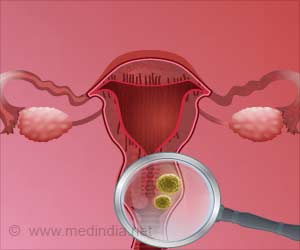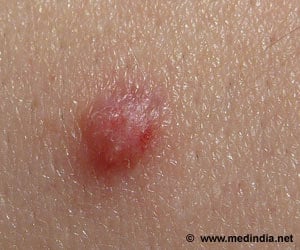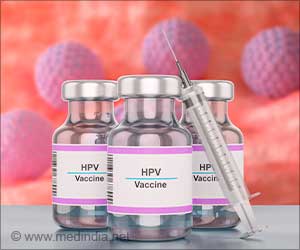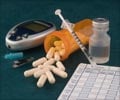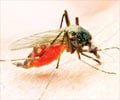What are Sexually Transmitted Diseases (STDs)?
Sexually transmitted diseases are diseases which are transmitted from an infected person to an uninfected person through vaginal, anal or oral sex. Sexually transmitted diseases are also known as STIs [Sexually transmitted infections], STDs or Venereal diseases (1✔ ✔Trusted Source
Sexually transmitted diseases (STDs)
Go to source).
STDs can be caused by bacteria, viruses, yeast or parasites. These diseases affect both men and women, but the health problems are more severe in women and can even affect the unborn baby or cause cancer. There are some viral infections such as hepatitis B, Hepatitis C and Zika which can also be transmitted sexually along with other routes for transmission (2✔ ✔Trusted Source
About Sexually Transmitted Diseases (STDs)
Go to source).
STDs are diagnosed by testing urine and blood samples, vaginal, cervical, or urethral swabs and a Pap smear to detect early signs of cervical or anal cancer.
There are more than 25 types of STDs, however the major ones are - Chlamydia, Chancroid (soft chancre), Genital herpes, Gonorrhea, human immunodeficiency virus (HIV), Human Papillomavirus (HPV), Syphilis, and Trichomoniasis (3✔ ✔Trusted Source
Sexually Transmitted Diseases
Also called: Sexually transmitted infections, STDs, Venereal disease
Go to source).






